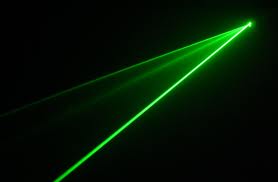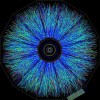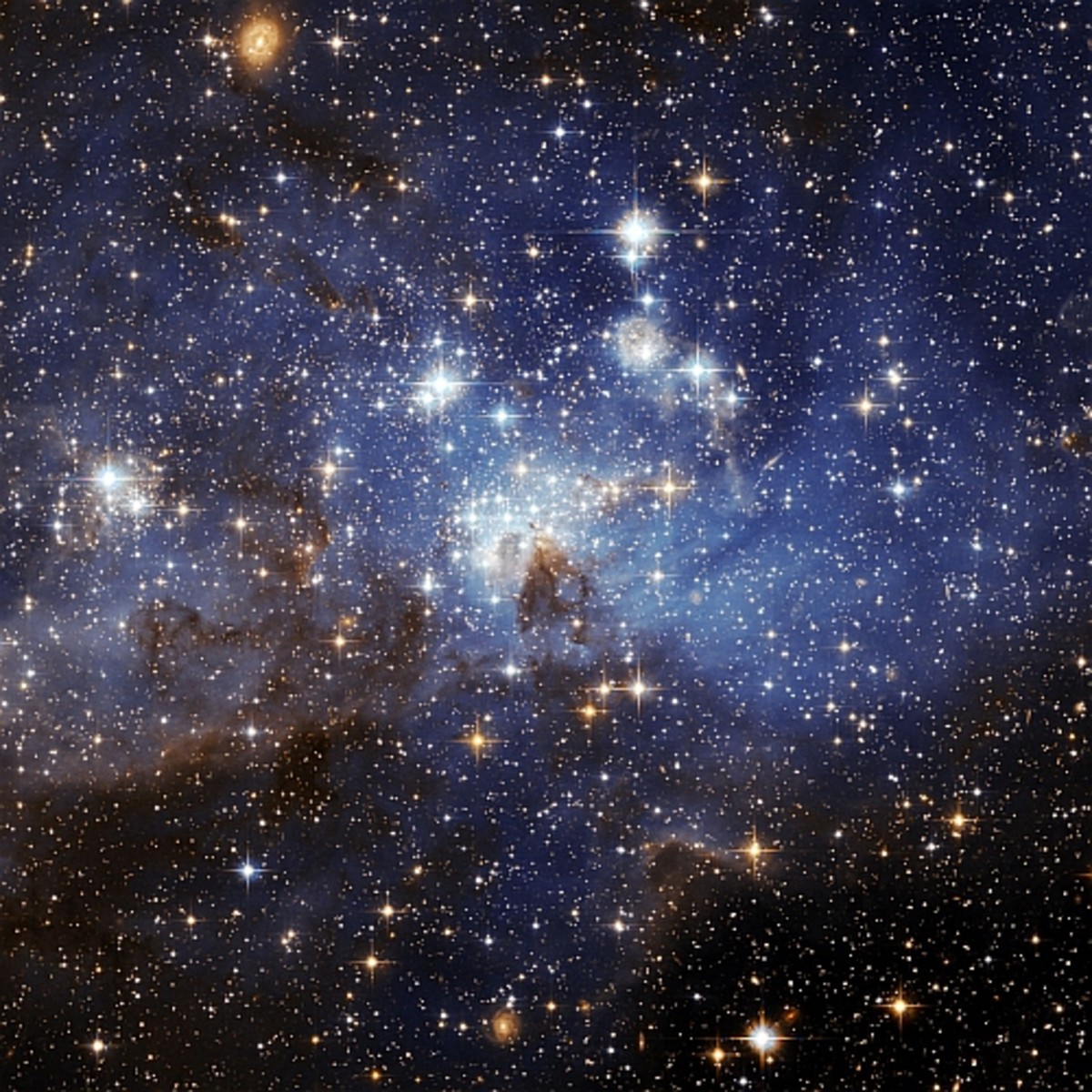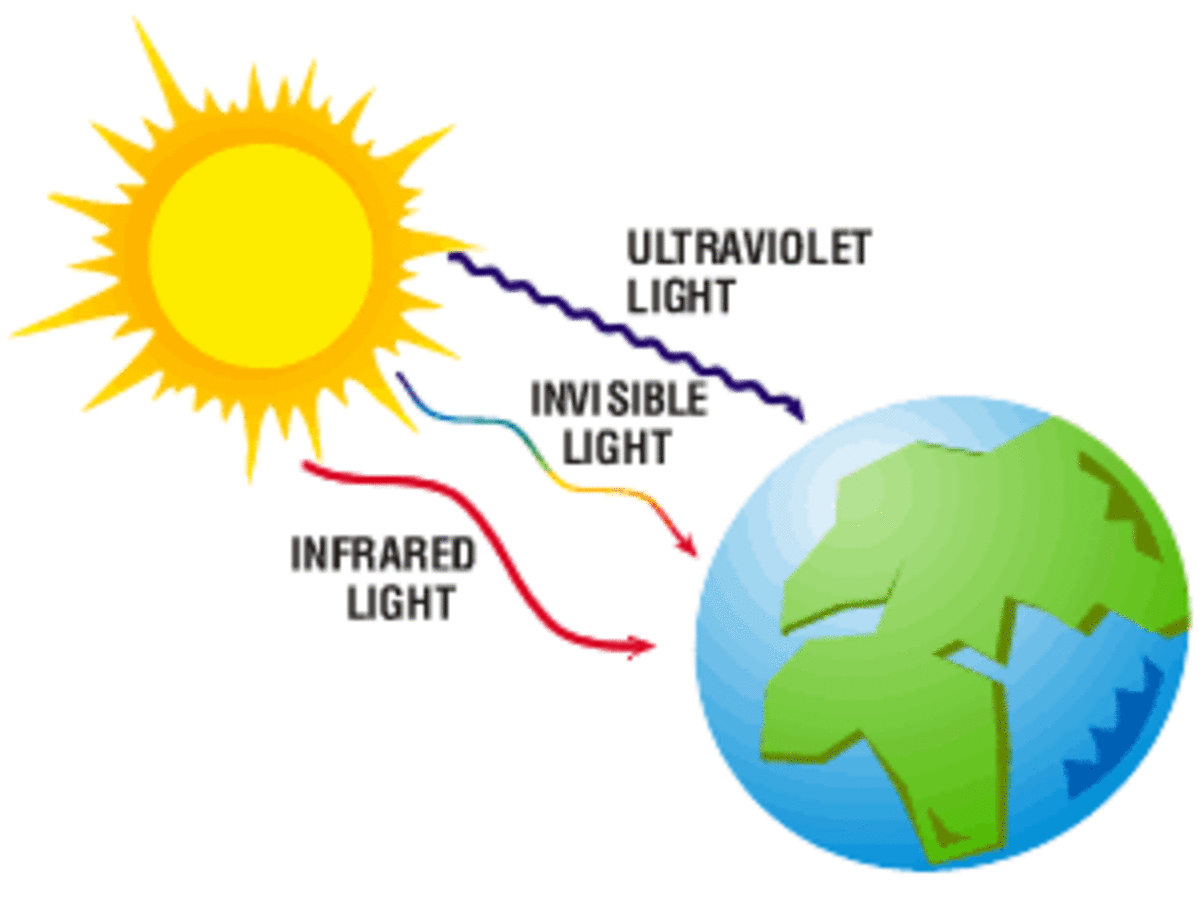How was the Speed of Light Measured?

Measuring the speed of light is not easy. Light travels at 300,000 kilometers per second (186,000 miles per second), which is far too fast to easily measure. Over the years, many scientists have made attempts to measure the speed of light, but it took some time to finally get an accurate value for the speed of light.
Galileo Measuring the Speed of Light
The first recorded attempt to measure the speed of light was by Galileo. He had the idea that you could measure the speed by timing how long it took for light to travel over a large distance. He sent an assistant up a hill with a lantern. He climbed to the top of a hill about a mile away with another lantern. Galileo opened a shutter to flash his lantern at his assistant. The assistant was told to flash his lantern in response as soon as he saw the light. Galileo intended to time how long it took between opening his own shutter and seeing the response from his assistant.
The problem is that time taken for light to travel one mile is only about 0.0000025 seconds, and there was no way for Galileo to measure a time so short. Galileo was forced to give up on this experiment.
Using the Moons of Jupiter to Measure the Speed of Light
While scientists were still puzzling over how to measure the speed of light, astronomer Ole Roemer was observing Io, one of Jupiter's moons. He noticed that the time that Io seemed to speed up and slow down at certain times during its orbit, and that the amount by which it was ahead or behind its expected position depended on how close Jupiter was to the Earth.
He eventually realized that the speed of light was affecting his measurements. When Jupiter is closer to the Earth, the light takes less time to reach us. When it is further away, it takes longer. Through careful calculations, Broemer was able to calculate the speed of light based on his observations.
Modern Measurements of the Speed of Light
A modern experiment to measure the speed of light involved putting a mirror on the Moon and using it to reflect a laser back to Earth. Scientists could time how long it took for the light to travel to the Moon and back again and divide it by the distance between the Moon and the Earth to work out the speed of light. They found that the time for light to travel to the Moon and back is about 2.5 seconds.
The accurate value of the speed of light is 299,792,458 m/s.
More Physics Experiments
- Making Rain with Laser Beams
Science finally brings us an updated version of the rain dance. Using a laser beam, rain drops can be forced to condense out of the air. Researchers in Switzerland have recently tested the technology, with encouraging results. - Has the Higgs come out of Hiding?
On Friday, researchers at the Large Hadron Collider reported data that could be the first sighting of the elusive Higgs boson. The Higgs boson is a particle whose existence is predicted by is the Higgs Mechanism, a theory proposed by Peter Higgs.. - Twin Paradox
The Twin Paradox is a scenario that, at first glance, seems to make nonsense out of Einstein's theory of special relativity. The situation is that a man sets off in a rocket travelling at high speed away from Earth, whilst his twin brother stays..





